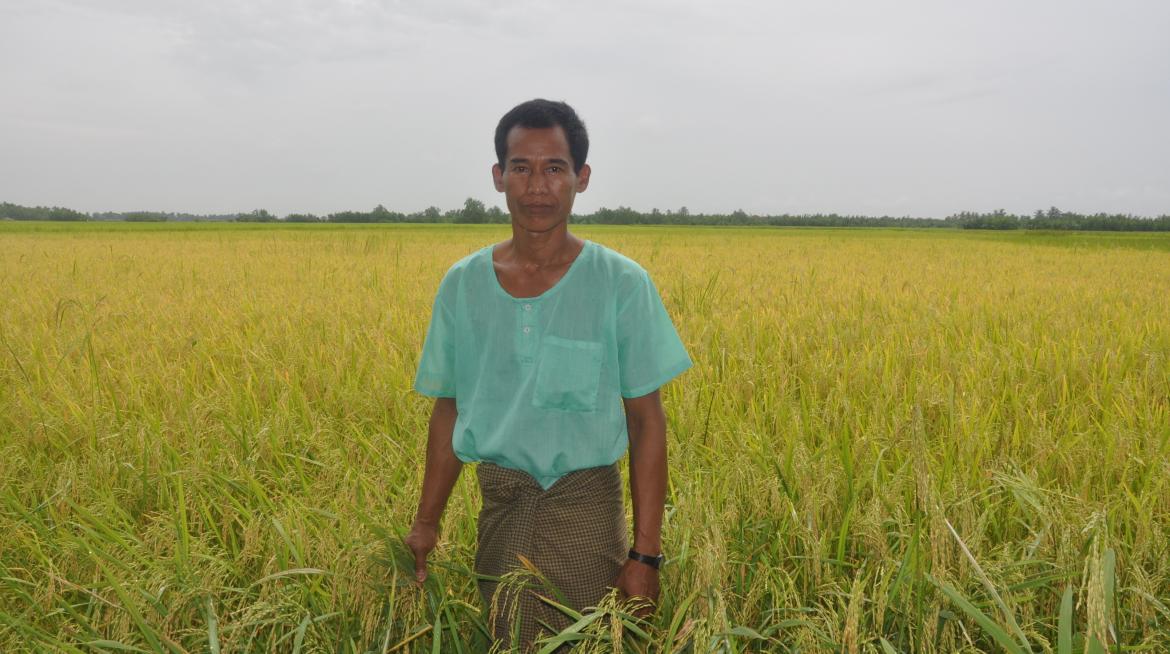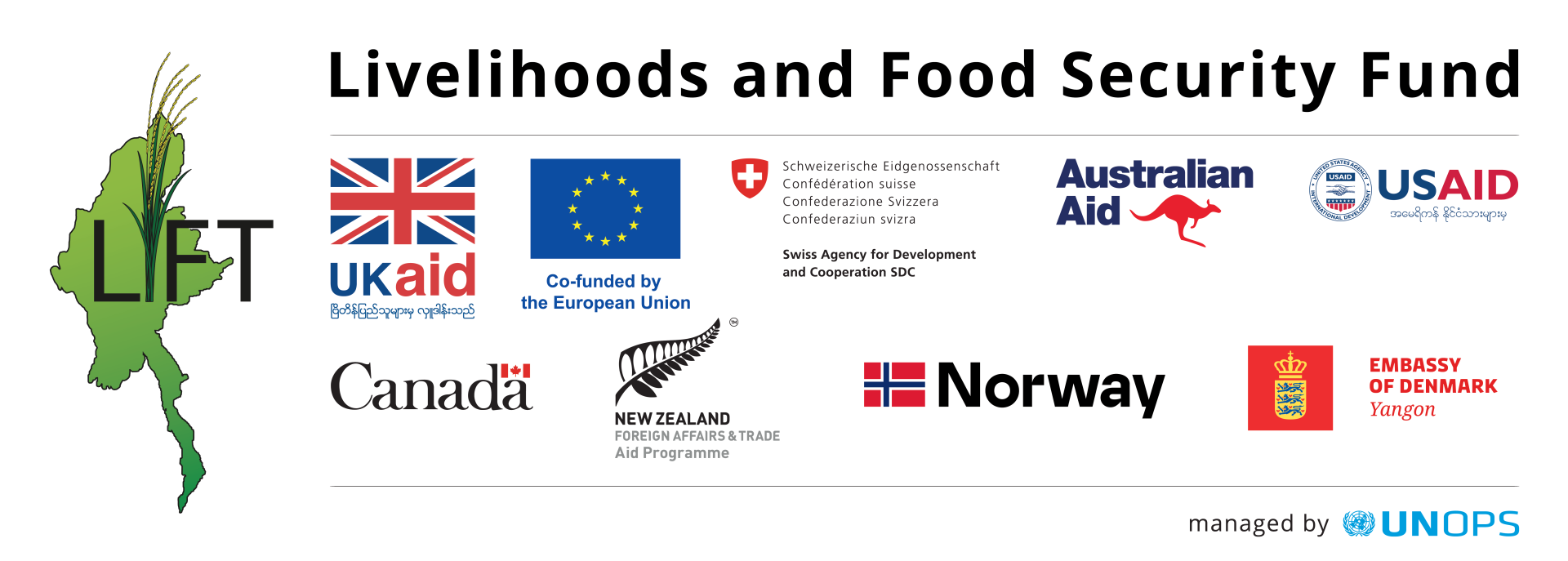
Innovative cropping techniques are enabling farmers with land that suffers from seasonal influxes of salt water to produce two crops a year, boosting incomes and providing work in villages still recovering after Cyclone Nargis in 2008, writes Aung Kyi Kee of UNOPS Communications.
In the southern area of Bogale township, farmer U Maung Htay (pictured) is preparing to harvest paddy, several weeks earlier than normal, allowing him to plant and harvest a second crop before salt water intrudes into the fields.
"I have grown fast-maturing paddy seeds on two acres of land so I can have time to prepare for another crop,” he says."I do not earn enough for my family with one crop per year and there is very little work in the village to get extra money after the monsoon harvest," he adds. The extra crop will provide a significant addition to his income.
With four children and 13 acres of land, U Maung Htay decided to try a second crop after seeing other farmers in the village pioneer the technique. Support for the initiative comes from Proximity Design’s Farm Advisory Services, who are implementing the project with funding from the Livelihood and Food Security Trust Fund (LIFT).
Proximity is introducing locally adapted varieties of paddy seeds to farmers in some saline affected areas of Bogale and Mawgyun townships. The new variety matures in 90 to 100 days and can be harvested by the end of October instead of in December. The quicker turnaround allows farmers to plant a second crop that can be harvested in January before the water becomes saline. Farmers are also taught new ways to irrigate, for example, pumping water from creeks and inlets at low tide when the level of salt in the water is low.
A total of 623 farmers from 24 villages are now successfully producing summer paddy in brackish areas where traditionally it was considered impossible. "Last year I experimented on two acres of land. This year, I have decided to grow a second crop on six acres," said U Thet Naing, pointing to his ripening paddy field.
U Thet Naing was able to access micro-credit from Proximity Design to finance the second crop. However, credit remains to be a major issue as the land is officially classified as forest land rather than agricultural land. This means farmers do not have access to government loans.Other constraints on a second crop include rising labour costs, lack of farming tools and poor fresh water storage.
"To increase double cropping we would need more tools like power tillers, drum seeders and harvesters, to harvest earlier and get prepared for the second crop within the time frame," says U Maung Htay.
His home village, Yae Win, was hit hard by Cyclone Nargis , with 43 per cent of the population killed and almost total destruction of the village’s infrastructure and livestock.
U Maung Htay lost his home, three buffalos and his farm land was flooded and destroyed. "My family were saved as we could hold tight to the trees near our home, but we lost everything else," he says.
At a village meeting, many of Yae Win’s residents said building a cyclone shelter remained as their priority. They also noted that people were continuing to leave the village looking for better opportunities in towns.
For now, U Maung Htay’s focus is on his second crop. As he stands beside his field, he knows that the coming weeks will be hectic as he harvests and prepares the land. But the extra income will make a big difference for his family.
“If things go well, we may even be able to think about buying a television,” he says with a smile.


